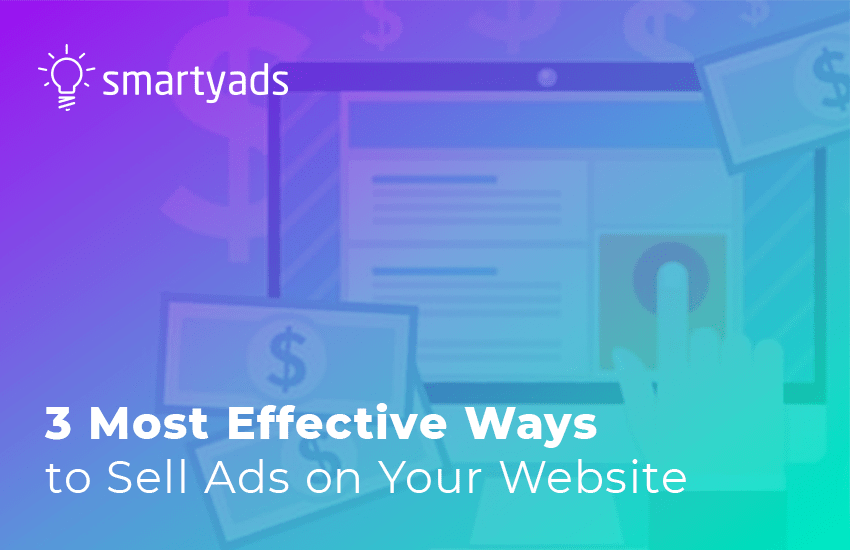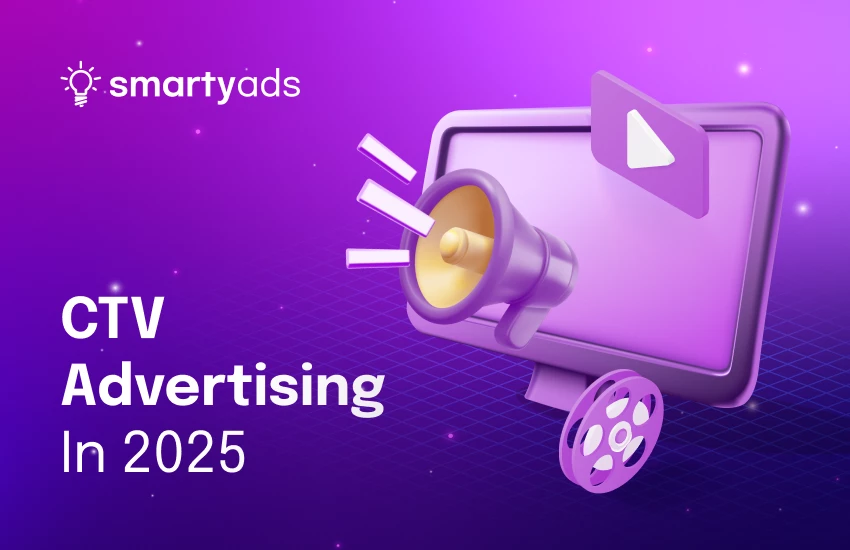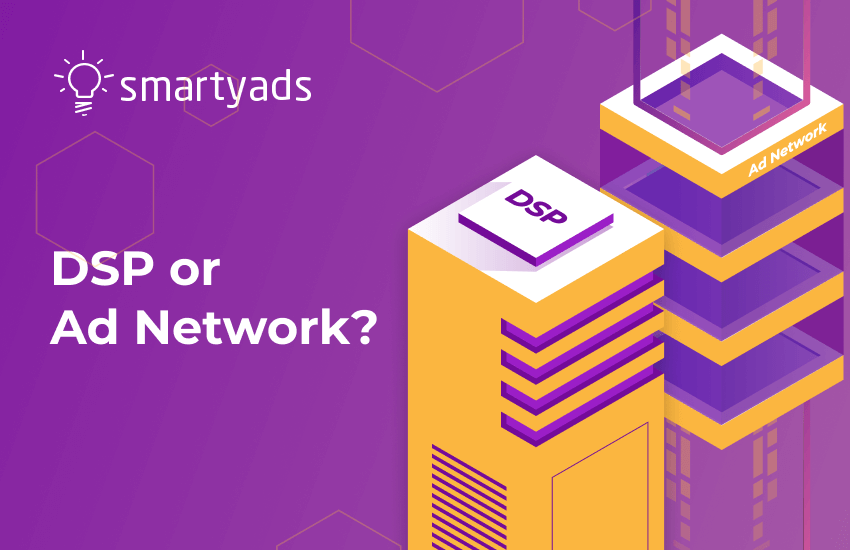Some brands reply to customer questions right away, no matter the time, while others keep people waiting. The difference isn't an endless team of late-night support staff—it's chatbot marketing. In this piece, we'll look at how businesses use conversational tools to keep customers engaged, cut down on costs, and increase sales.
Over the past decade in digital advertising, we've watched customer communication shift from clunky contact forms to smooth, natural conversations with chatbots. Back in 2015, if you wanted to contact a company, you had two options: fill out lengthy contact forms (complete with dropdown menus that often lacked your specific country), or call during limited business hours and hope someone answered. Those days feel like ancient history now.
What started as basic auto-responders has evolved into sophisticated systems. These aren't the simple customer service bots that provide generic responses. Modern chatbots can hold meaningful conversations, remember your preferences, and guide you through complex decisions. It's like having a knowledgeable sales assistant available 24/7 who never needs breaks and provides consistent service regardless of the time.
The shift happened gradually, then all at once. First, we had simple FAQ bots. Then came rule-based systems that could handle basic queries. Now? We're dealing with AI-powered conversation engines that can interpret context, understand nuance, and even inject a bit of personality into their responses.
What is Chatbot Marketing?
Chatbot marketing is about using conversational tools to connect with customers, qualify leads, and support business goals through automated but personal interactions. Instead of relying on people to answer every question, chatbots create touchpoints that are always available, respond instantly, and collect useful insights about what customers want.
How Chatbot Marketing Works
Think of it as talking to someone who remembers your preferences, never gets tired, and always has the right information. Behind the scenes, several parts work together to make this possible:
Natural Language Processing (NLP) acts as the chatbot's brain. It interprets what people are asking and understands the intent. For example, if someone asks, "Do you have this in blue?" the chatbot can answer right away without sending them through endless product pages.
Conversation Flow Design provides customers with a clear path. Instead of letting them get lost on a website, the chatbot guides them step by step toward what they're looking for.
Integration Capabilities allow the chatbot to check order history, stock availability, and even remember communication preferences. It's like all your support staff sharing one well-organized system.
Machine Learning makes the chatbot smarter over time. With every interaction, it learns how your customers phrase questions and adapts, making responses more accurate.
Multi-Channel Deployment ensures the chatbot is available wherever your customers are—on social media, your website, or messaging apps. It's like having the same reliable assistant present across all your digital spaces.
Benefits of Chatbot Marketing for Businesses
Enhancing Customer Engagement
Traditional customer engagement methods often create friction. Pop-ups interrupt reading experiences, newsletter signups feel intrusive, and contact forms require extensive information before providing value. These approaches frequently frustrate users rather than engage them effectively.
Chatbot marketing feels fundamentally different because it's responsive rather than intrusive. Instead of bombarding visitors with unsolicited messages, you're waiting for them to indicate interest and then providing helpful responses. It's the difference between someone tapping you on the shoulder to ask a question versus a stranger shouting at you from across the street.
The engagement statistics back this up. Industry data shows that 38% of marketers consider AI chatbots for marketing their most effective AI tool for improving customer experience. From our own observations working with clients, this makes complete sense. When people feel like they're having genuine conversations rather than being marketed to, they stick around longer and engage more deeply.
We've seen customers spend 15-20 minutes chatting with well-designed chatbots, not because they're trapped in some confusing loop, but because they're getting valuable information presented in an engaging way. That's the kind of engagement that builds brand loyalty and drives conversions.
Reducing Response Time and Support Costs
Speed matters in customer service, but it's not just about being fast - it's about being immediately helpful when someone has a question or concern. Traditional support models create frustrating delays: submit a ticket, wait for assignment, receive a generic response asking for more information, wait again for a real answer.
Chatbots eliminate most of these inefficiencies. Many consumers prefer chatbots specifically because they provide instant responses. This represents an improvement in service quality - customers receive accurate information quickly when they need it most.
Collecting Customer Insights
This might be the most undervalued benefit of chatbot marketing. Every conversation generates intelligence about customer preferences, pain points, and behavior patterns that would be nearly impossible to gather through traditional research methods.
Unlike surveys that depend on customers taking time to provide feedback (and let's face it, most people won't), chatbots collect insights naturally during regular interactions. You discover which products customers ask about most frequently, what objections come up during sales conversations, which features they request most often, and where confusion typically occurs in your buying process.
The behavioral data is equally valuable. You can see where conversations typically stall, which topics generate the most engagement, and how different customer segments prefer to communicate. This information becomes invaluable for refining your overall marketing strategy, not just your chatbot interactions.
Generating Qualified Leads
Traditional lead capture forms can be intimidating and demanding. They request extensive personal information upfront before demonstrating value, which creates resistance from potential customers.
Chatbot lead qualification feels conversational and natural. Instead of a form asking "Company Size (required)," a chatbot might say, "Just curious - how big is your team?" It's the same information, but the context makes all the difference in how people respond to the request.
More importantly, the leads tend to be higher quality because the conversational qualification process naturally filters out people who aren't genuinely interested. By the time someone has spent 5-10 minutes chatting with your bot about their needs and challenges, they're pretty committed to the process.
Chatbot Marketing Examples: How Businesses Use Chatbots Successfully
Sephora – Virtual Artist & Chatbot Assistant
Sephora launched a virtual assistant that works across its website, apps, and messaging platforms. It provides personalized product advice, lets users virtually "try on" makeup, and even helps book in-store services. The results were significant:
- Over 75% of customer requests are handled without a human agent.
- Average response time dropped to under 10 seconds.
- Abandoned cart rates decreased by 18%.
- Sephora's Virtual Artist tool generated 200M+ virtual try-ons, boosted online sales by 35%, and improved add-to-cart conversion by 25%.
Domino's Brazil – WhatsApp Ordering Bot (DOM)
Domino's in Brazil upgraded its chatbot DOM by integrating with WhatsApp catalogs. Customers can now browse menus and place orders directly in the app. The impact was immediate:
- Monthly orders grew by 78% (Jan 2024 vs Oct 2023).
- NPS scores exceeded 80%, with most customers rating the service 8/10 or higher.
Another case study showed:
- Average order processing time fell by 30%.
- Customer satisfaction improved by 25%.
Best Practices for Successful Chatbot Advertising
Let’s discuss best practices for chatbot marketing in case you want to implement it immediately.
Keep It Relevant
People lose interest when answers feel generic. A chatbot works best when it uses real context—past purchases, browsing activity, or previous conversations—to shape its replies. If someone recently bought running shoes, the bot could ask if they're training for something or suggest accessories that fit.
Connect With Other Channels
A chatbot shouldn't operate on its own. Link it with email, social ads, and campaigns so conversations stay consistent. If a person clicks on an ad, the bot should recognize it. If they leave items in a cart, the bot can follow up with a message that makes sense in that context.
Make Conversations Straightforward
Rigid scripts frustrate people. Design conversations that can handle both short questions and more detailed messages. Let the bot adapt, answer follow-up questions, and handle changes in tone. A clear, natural style works better than trying to sound "human."
Switch to a Human at the Right Time
Chatbots are good for simple questions, not everything. Have clear rules for when to move a conversation to a person. When that happens, share the history so the customer doesn't have to repeat themselves.
Be Clear About What the Bot Can Do
Set expectations early. If the chatbot has limits, say so. People are fine with that as long as they're not misled. Review conversations regularly to see where the bot gets stuck, and use that data to improve it.
Keep Testing
A chatbot requires regular updates to maintain effectiveness. Test different opening messages, conversation flows, and follow-ups. Monitor engagement rates, conversions, and customer satisfaction to identify successful approaches. Use these insights to continuously refine the user experience.
Getting Started with Chatbot Marketing
Set Clear Goals and Know Your Audience
Decide what you want your chatbot to do—generate leads, support customers, help with sales, or improve brand engagement. Each goal needs a different approach.
Learn how your audience prefers to communicate. Younger users may like casual, emoji-friendly chats, while business clients may expect a direct, professional tone. Match the chatbot's style to the people you're speaking with.
Pick the Right Platform
Choose a platform based on your budget, technical needs, and how well it connects with your existing tools. Look for features like natural language processing, customization, analytics, and scalability.
Examples: Chatfuel works well for Messenger, Dialogflow connects easily with Google services, and ManyChat supports multiple channels. Compare options and pick what fits your situation.
Plan Conversation Paths
Start with common questions customers ask and map out clear responses. Build simple decision trees that guide people to useful answers or next steps.
Add fallback replies for when the chatbot doesn't understand, and make sure it can handle different outcomes—successful conversions, handoffs to a human, or ending the chat politely.
Connect With Your Tools
Link the chatbot to your CRM, email marketing, analytics, and customer database. This makes responses more personal and ensures the data you collect is useful across the business.
Set up tracking so you can measure whether the chatbot is helping—look at completion rates, lead quality, and satisfaction scores.
Test Before Launching
Run tests with your own team and beta users. Try normal conversations, but also push the chatbot with difficult or unusual questions.
Check whether the flow feels natural, the answers are accurate, and the integrations work properly. Fix problems before making it public.
Keep Improving
Once live, track performance regularly. Look at where people drop out or where the chatbot fails to respond well. Update conversation flows and responses as your business and customers change.
Regular updates keep the chatbot useful and prevent it from feeling outdated.
Consider SmartyAds Your Trusted Partner
At SmartyAds, we believe AI creative tools deliver their full value only when combined with advanced programmatic technology.
We specialize in performance-focused programmatic campaigns across display, video, mobile, and connected TV. In parallel, our curated deals give advertisers access to high-quality, brand-safe inventory packages with greater control over targeting, transparency, and performance.
What sets us apart:
- Performance-based strategy — every creative decision tied to measurable business results.
- Cross-channel integration — campaigns adapt seamlessly across all programmatic environments.
- Real-time optimization — AI-driven creatives continuously adjust to live performance data.
- Scalable infrastructure — creative testing and optimization for thousands of audience segments simultaneously.
- Curated marketplace access — premium inventory deals built for quality, efficiency, and brand safety.
Beyond campaign execution, we’re also working on solutions that help our partners prepare for a privacy-first advertising future. This includes data strategy, privacy-ready infrastructure, and secure collaboration models that allow performance insights without compromising compliance.
In addition, SmartyAds is building new strategic partnerships designed to expand our technology ecosystem and strengthen the value we bring to advertisers. While some of these initiatives are not yet public, they reflect our focus on long-term innovation and collaboration.
📌 Note: these partnerships are still in preparation. Formal announcements will follow once we have approval to share details.
Ready to transform your customer engagement strategy?
Get started with SmartyAds DSP today and discover how our comprehensive advertising platform can amplify your chatbot marketing campaigns across multiple channels for maximum impact.
FAQ
Chatbot marketing serves diverse industries uniquely. Retail uses product recommendations and order tracking, healthcare provides appointment scheduling and symptom checking, finance offers account management and fraud alerts, while real estate delivers property searches and lead qualification. Each application enhances customer experience through automation.
Best chatbot marketing platforms include Chatfuel for Facebook integration, ManyChat for multi-channel deployment, Dialogflow for Google services, and HubSpot for CRM integration. Choose based on your technical needs, budget, and desired channels. Most platforms offer free tiers for testing before scaling up.
Top-performing chatbot campaigns typically combine personalized product recommendations with immediate customer support. E-commerce brands see strong results with abandoned cart recovery bots, while service companies excel with lead qualification chatbots that segment prospects based on specific needs. The most effective campaigns integrate chatbots with retargeting ads and email sequences to create comprehensive conversion funnels that guide users from initial interest to final purchase.
.webp)



